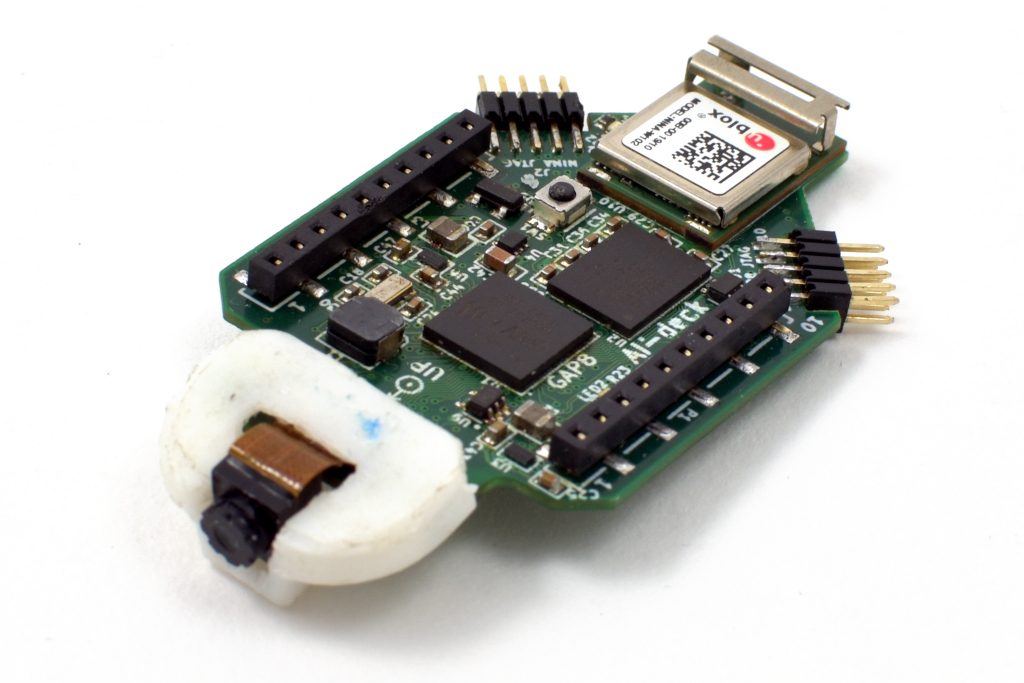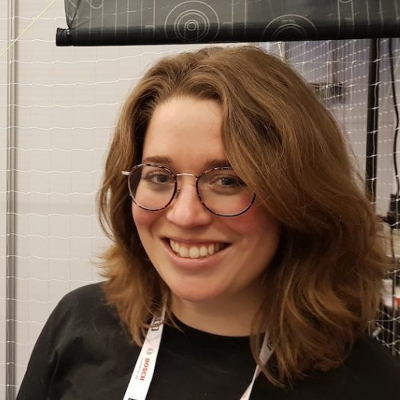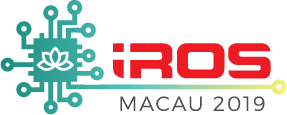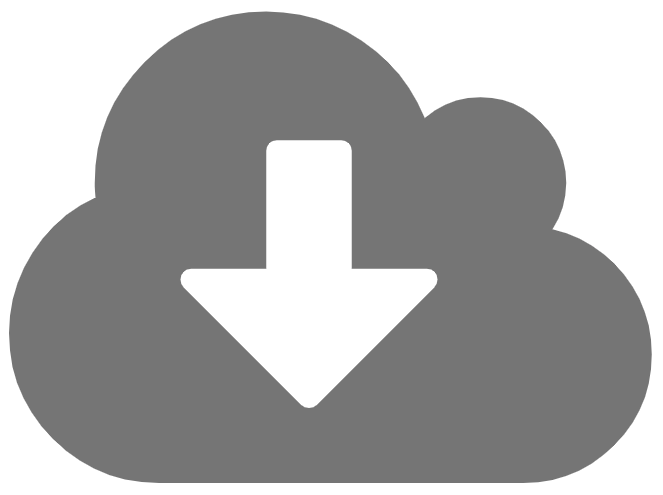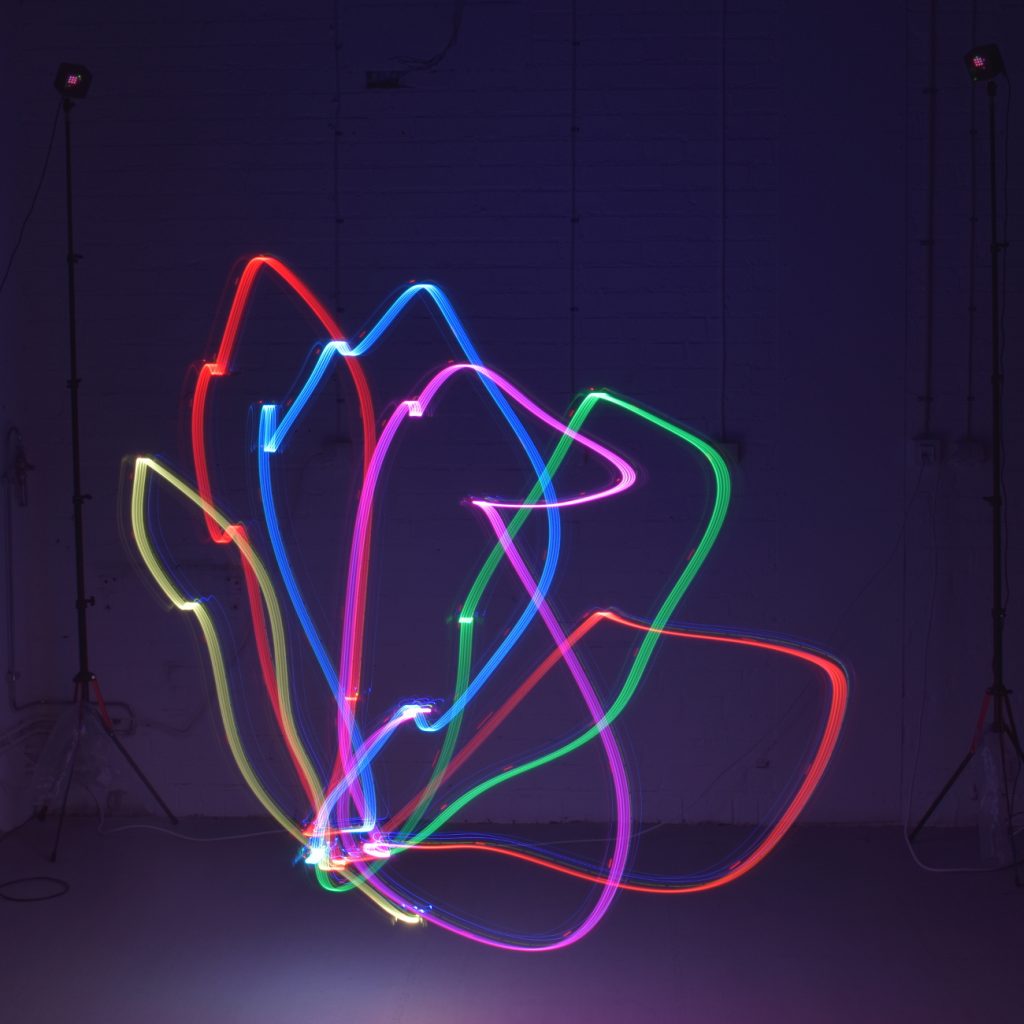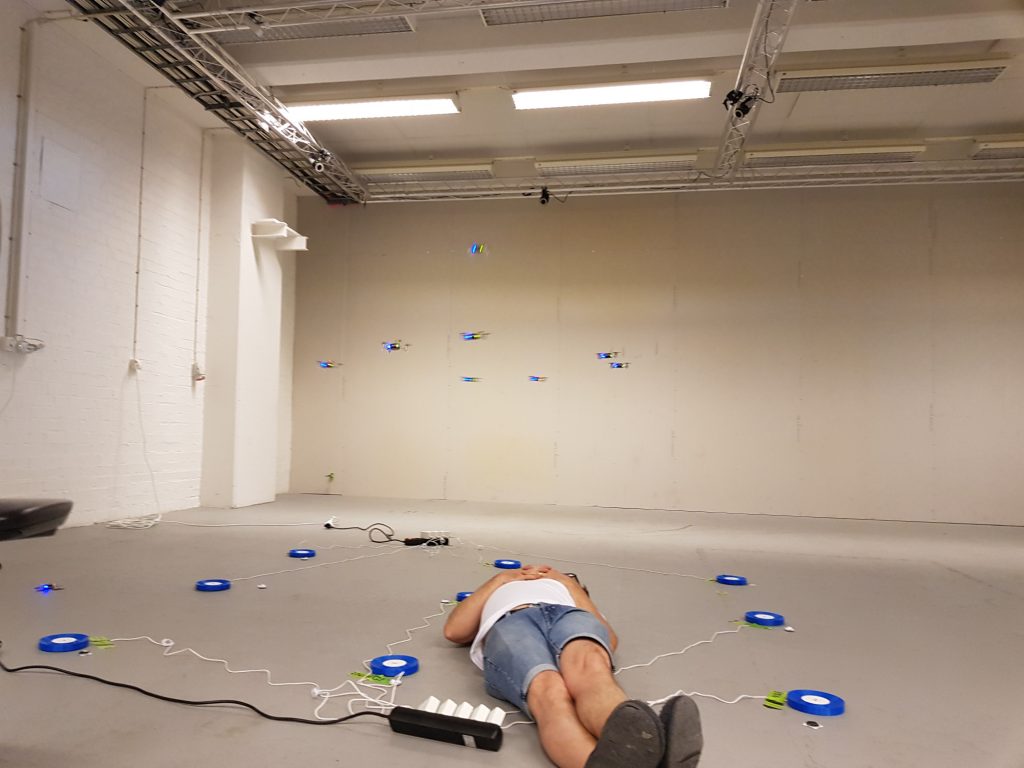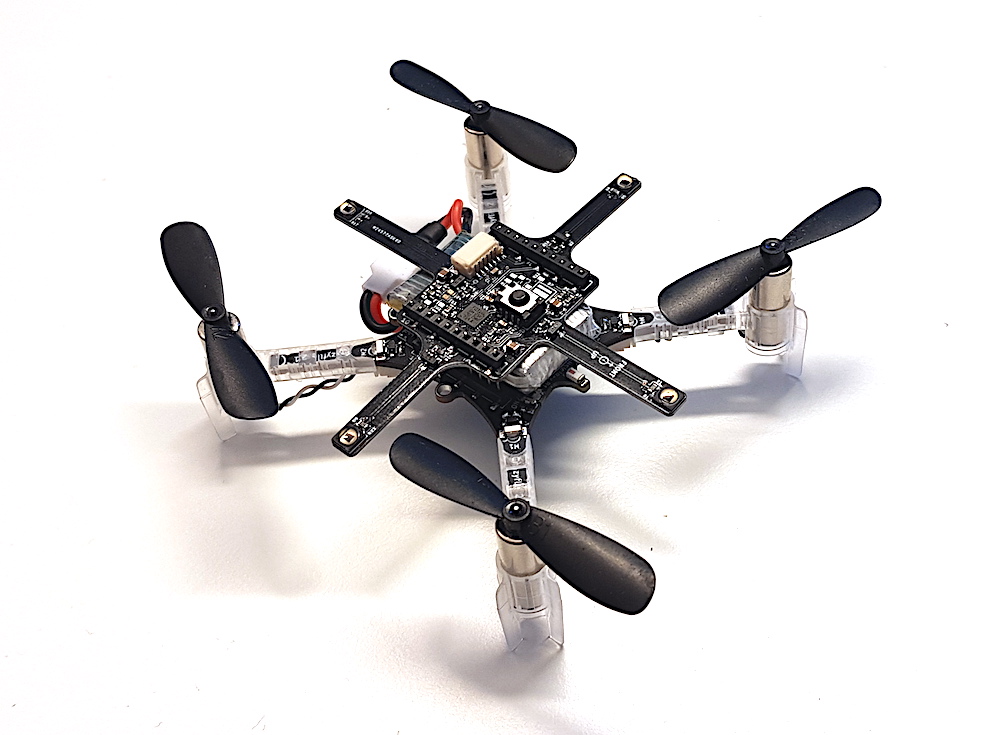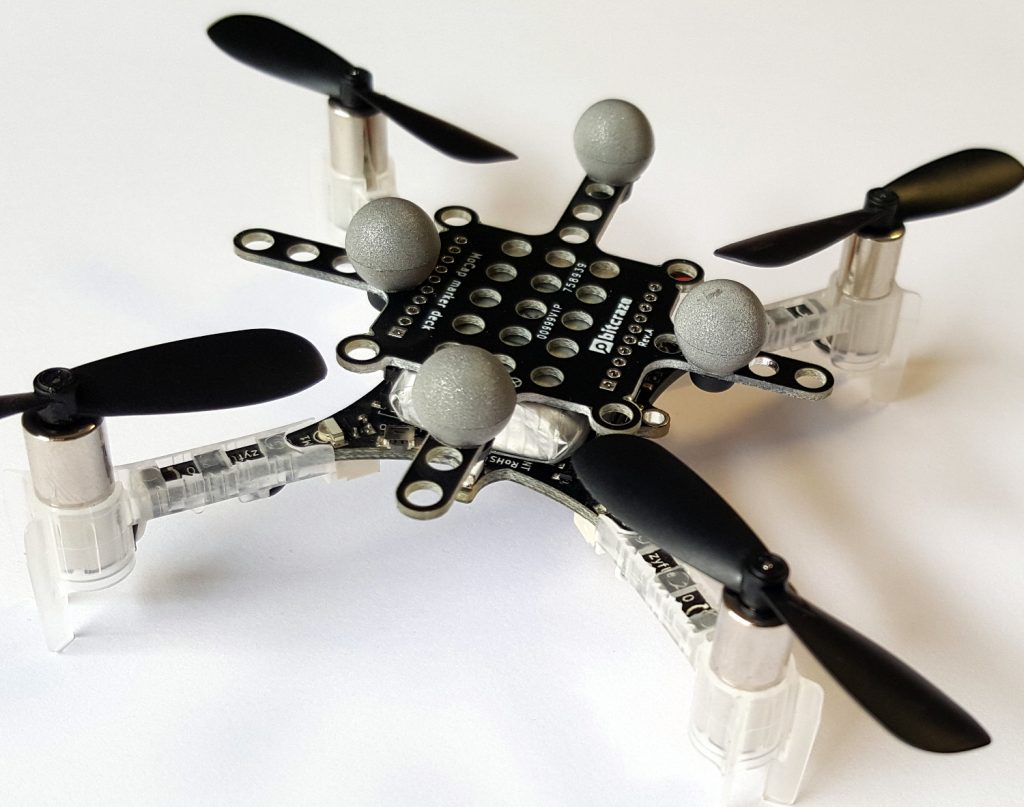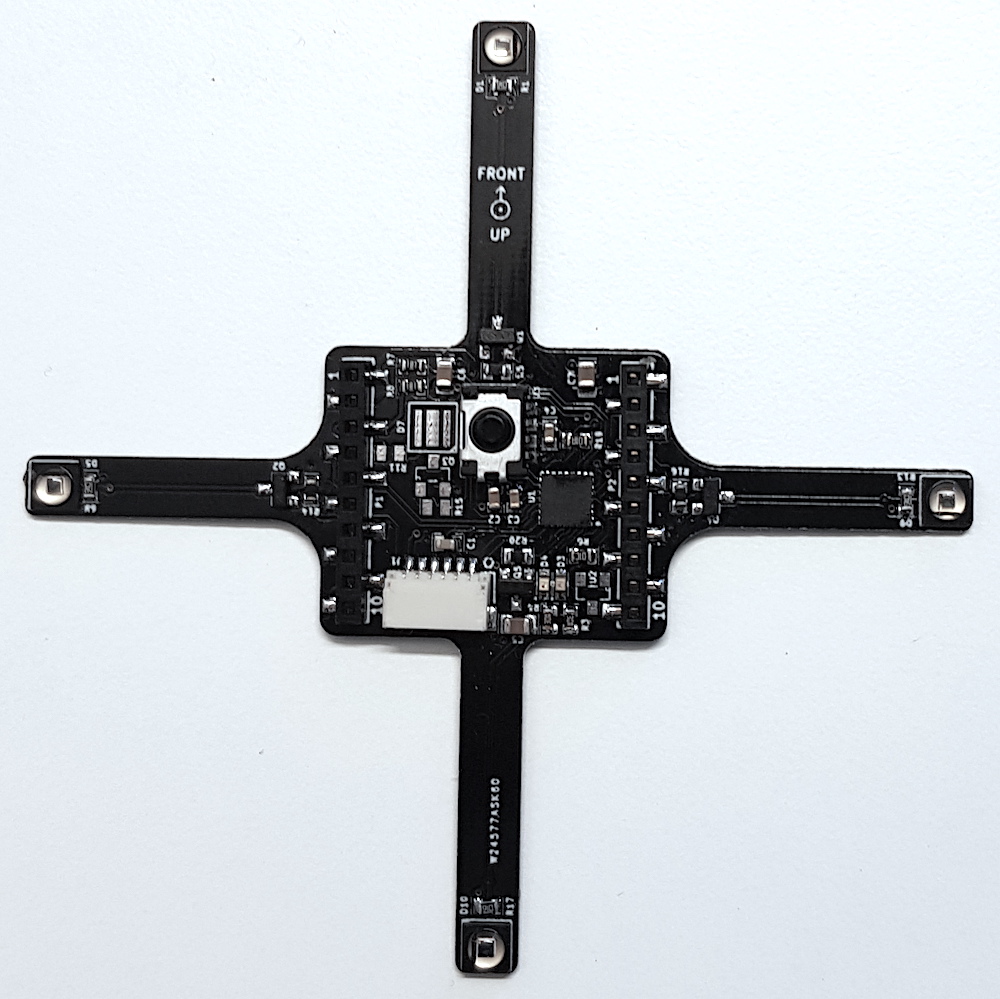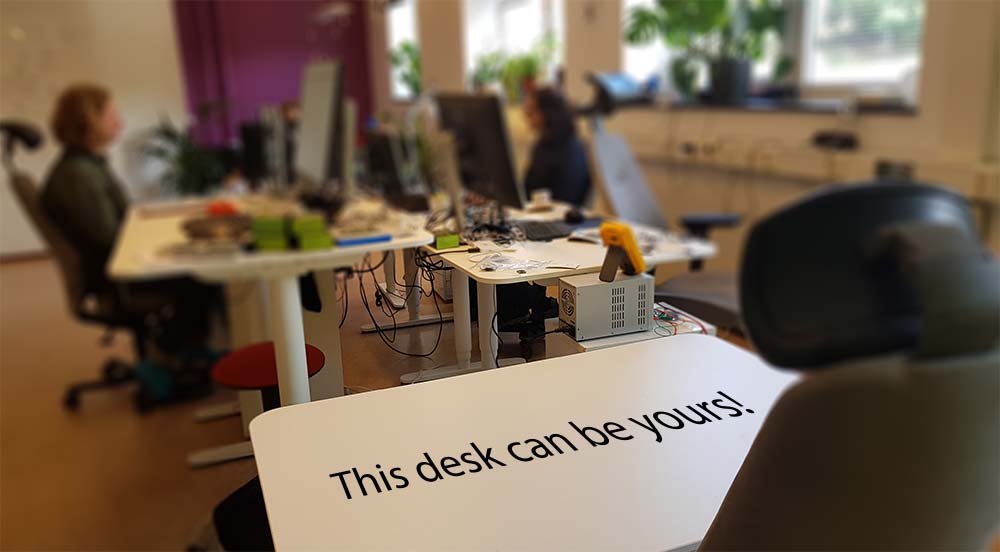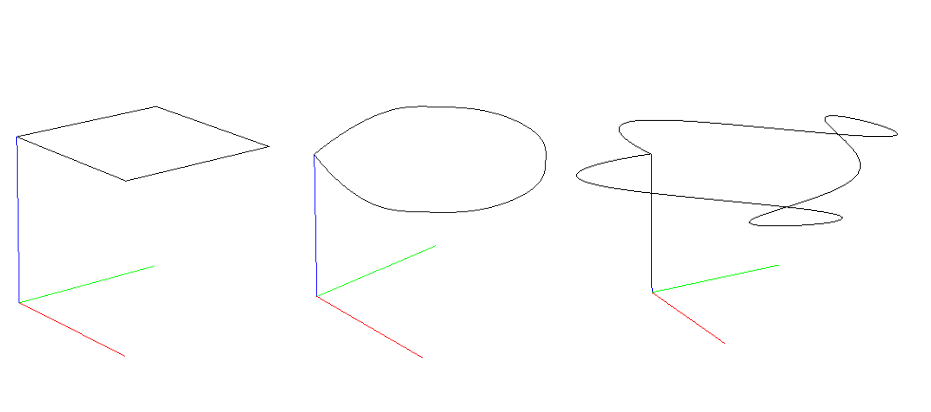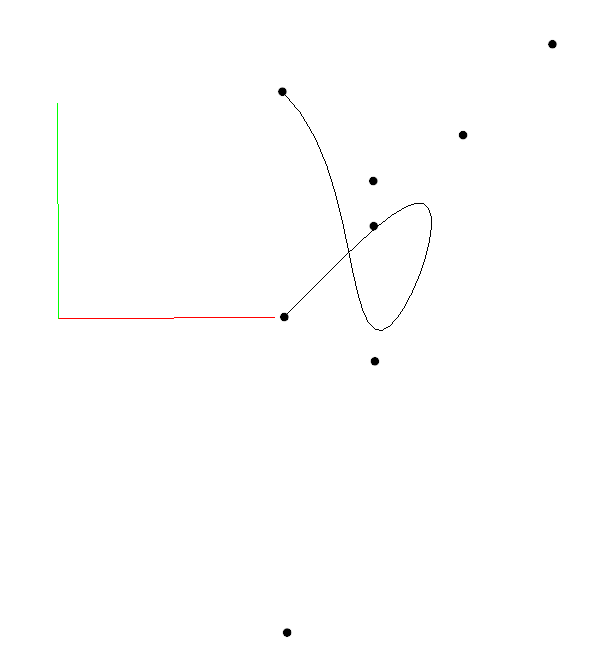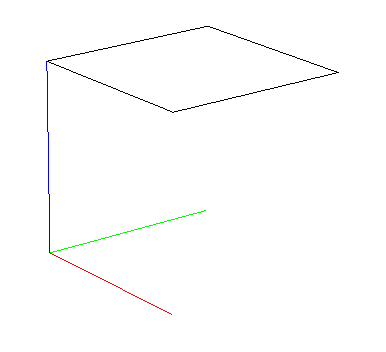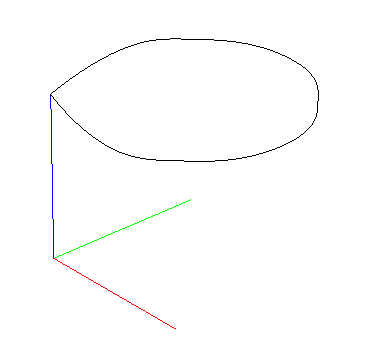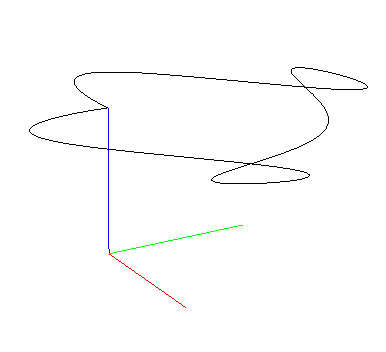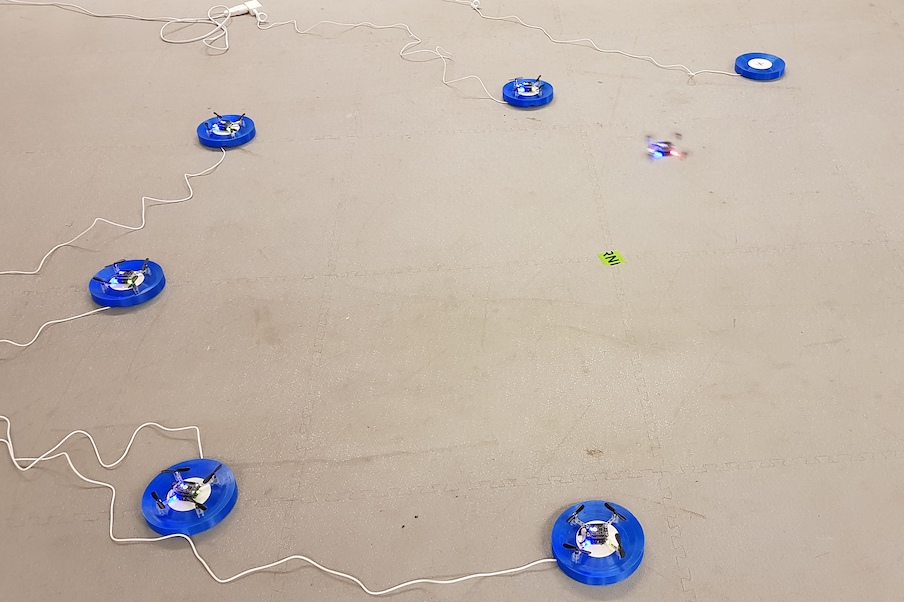The Crazyflie supports wireless communication using both the Crazyradio PA and BLE (Bluetooth Low Energy https://en.wikipedia.org/wiki/Bluetooth_Low_Energy). BLE is used with the mobile phone apps while Crazyradio PA usually is used together with a PC.
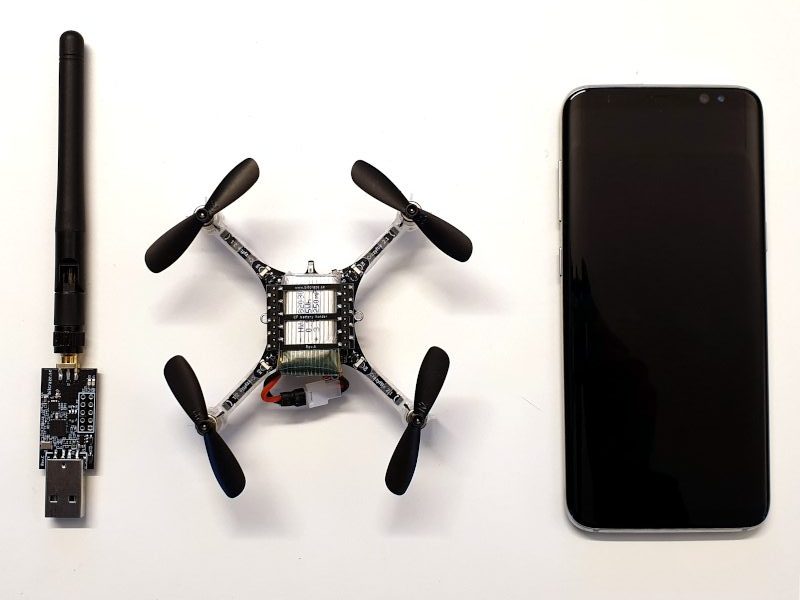
The lower levels of the radio communication in the Crazyflie is handled by the nRF51 that is capable of handling both types of communication. When using the Crazyradio we are using the manufacturers, Nordic Semiconductor, proprietary Enhances ShockBurst protocol (ESB) which makes it simple to send packages, up to 32 bytes, between each other. When communicating over BLE we are using Nordic Semis S110 SoftDevice which is a BLE stack developed by Nordic Semi to simplify implementation.
When we designed the first Crazyflie, the Crazyflie 1.0/Nano, we choose to use the nRF24L01+ that uses the ESB protocol because of simplicity, good range and low latency. Then came the Crazyflie 2.0 and we wanted BLE for mobile client support. Luckily Nordic released the nRF51 which could handle both. However there is a small drawback, both protocols can’t run concurrently and has to be interleaved. For BLE this has never been any problem as this protocol has the priority, but for ESB it means that when BLE is running there will be a small amount of packet loss.
The CRTP protocol we developed that runs on top of the ESB, handles the packet loss fairly well but as more and more Crazyflies are added we have been seeing communication issues. So last week we dived in to this problem and after some digging we understood that BLE was one of the problems. Therefor we added a switch which disables BLE as soon as a ESB packet is received. This improved the ESB connection and it now seems more stable. If you have the possibility we suggest you to get the latest from the crazyflie2-nrf-firmware master branch, try it out and give us feedback.
This change will hopefully provide more stable communication between the Crazyradio PA and the Crazyflie. From a functionality point of view, most users will not see any difference, but we would like to point out that if you have communicated with your crazyflie using the Crazyradio PA, it will not be possible to connect with a mobile phone until the Crazyflie has been re-booted. Note that a simple radio scan with the python client has the same effect and disables BLE.
